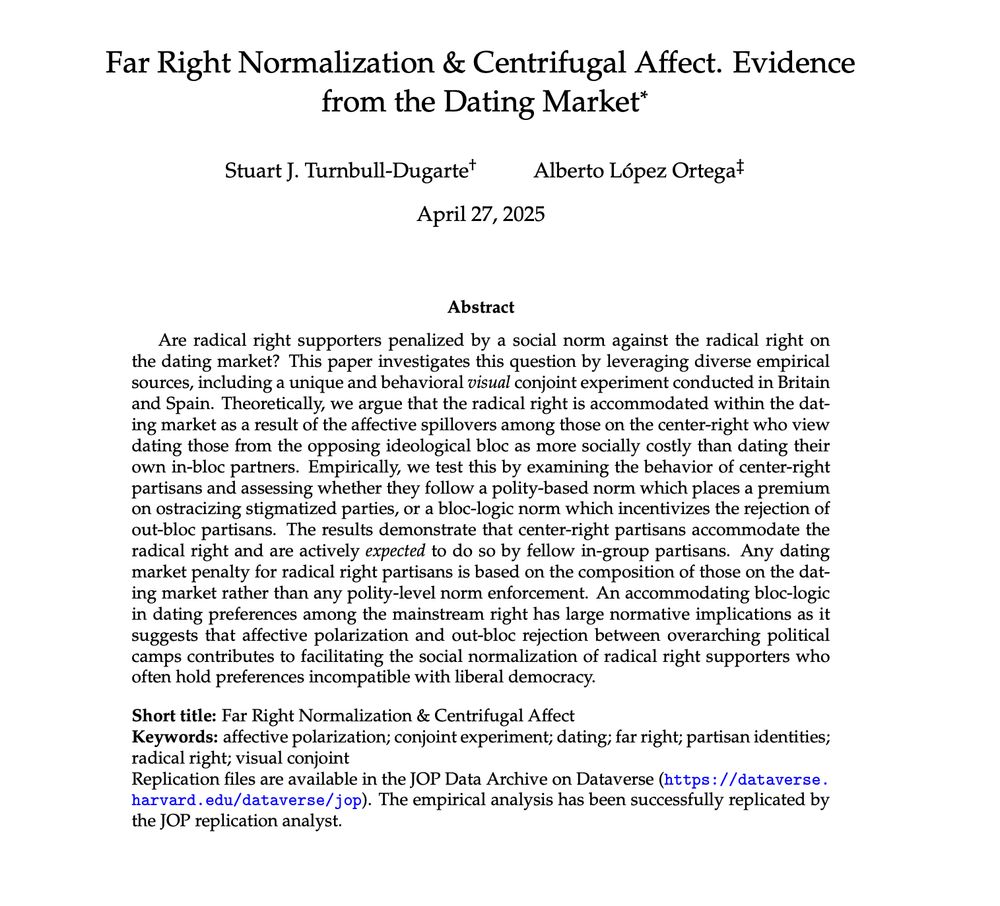Martin Naunov
@naunovmartin.bsky.social
340 followers
300 following
42 posts
College Fellow & Asst Prof of Political Science at Northwestern University | UNC-CH, Middlebury & UWC alum | Studies political psychology, stereotyping & discrimination 🏳️🌈
Posts
Media
Videos
Starter Packs
Reposted by Martin Naunov
Reposted by Martin Naunov
Martin Naunov
@naunovmartin.bsky.social
· May 23
Reposted by Martin Naunov
Martin Naunov
@naunovmartin.bsky.social
· May 19
Reposted by Martin Naunov
Martin Naunov
@naunovmartin.bsky.social
· May 17
Martin Naunov
@naunovmartin.bsky.social
· May 17
Martin Naunov
@naunovmartin.bsky.social
· May 17
Martin Naunov
@naunovmartin.bsky.social
· May 16
Martin Naunov
@naunovmartin.bsky.social
· May 16
Martin Naunov
@naunovmartin.bsky.social
· May 16
Martin Naunov
@naunovmartin.bsky.social
· May 16
Martin Naunov
@naunovmartin.bsky.social
· May 16
Martin Naunov
@naunovmartin.bsky.social
· May 16
Martin Naunov
@naunovmartin.bsky.social
· May 16
Martin Naunov
@naunovmartin.bsky.social
· May 16
Martin Naunov
@naunovmartin.bsky.social
· May 16
Martin Naunov
@naunovmartin.bsky.social
· May 16
Martin Naunov
@naunovmartin.bsky.social
· May 16
Martin Naunov
@naunovmartin.bsky.social
· May 16



